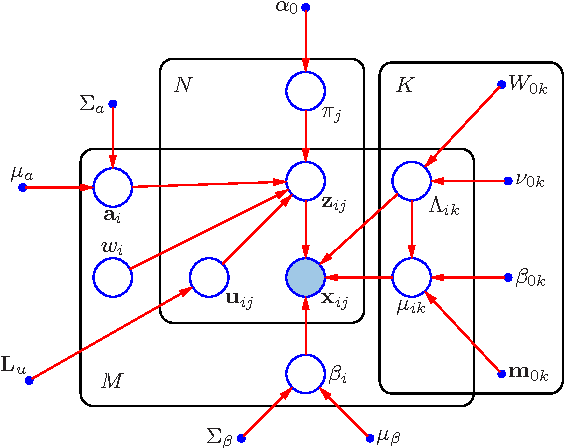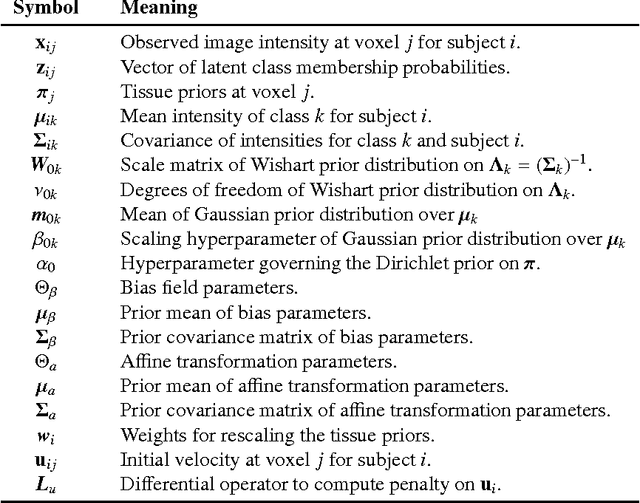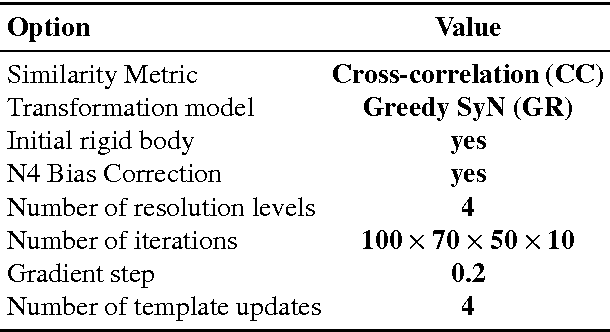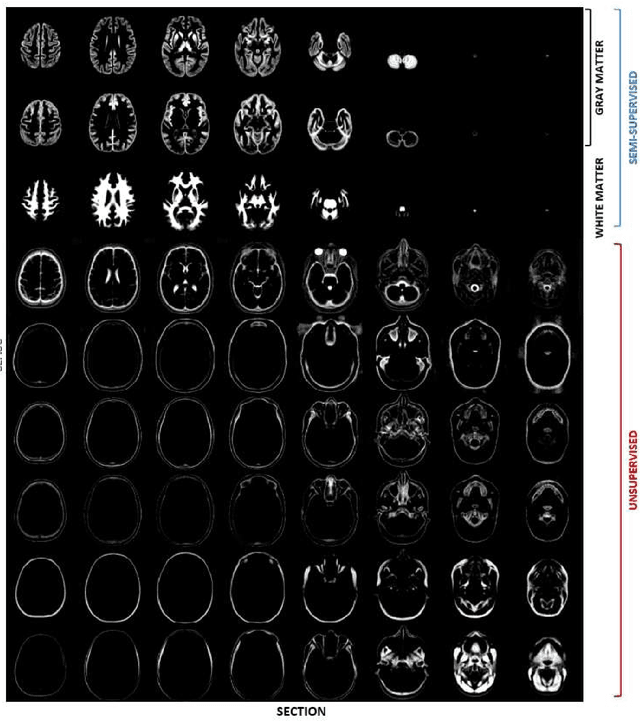Patrick Freund
Monitoring morphometric drift in lifelong learning segmentation of the spinal cord
May 02, 2025Abstract:Morphometric measures derived from spinal cord segmentations can serve as diagnostic and prognostic biomarkers in neurological diseases and injuries affecting the spinal cord. While robust, automatic segmentation methods to a wide variety of contrasts and pathologies have been developed over the past few years, whether their predictions are stable as the model is updated using new datasets has not been assessed. This is particularly important for deriving normative values from healthy participants. In this study, we present a spinal cord segmentation model trained on a multisite $(n=75)$ dataset, including 9 different MRI contrasts and several spinal cord pathologies. We also introduce a lifelong learning framework to automatically monitor the morphometric drift as the model is updated using additional datasets. The framework is triggered by an automatic GitHub Actions workflow every time a new model is created, recording the morphometric values derived from the model's predictions over time. As a real-world application of the proposed framework, we employed the spinal cord segmentation model to update a recently-introduced normative database of healthy participants containing commonly used measures of spinal cord morphometry. Results showed that: (i) our model outperforms previous versions and pathology-specific models on challenging lumbar spinal cord cases, achieving an average Dice score of $0.95 \pm 0.03$; (ii) the automatic workflow for monitoring morphometric drift provides a quick feedback loop for developing future segmentation models; and (iii) the scaling factor required to update the database of morphometric measures is nearly constant among slices across the given vertebral levels, showing minimum drift between the current and previous versions of the model monitored by the framework. The model is freely available in Spinal Cord Toolbox v7.0.
SCIsegV2: A Universal Tool for Segmentation of Intramedullary Lesions in Spinal Cord Injury
Jul 24, 2024Abstract:Spinal cord injury (SCI) is a devastating incidence leading to permanent paralysis and loss of sensory-motor functions potentially resulting in the formation of lesions within the spinal cord. Imaging biomarkers obtained from magnetic resonance imaging (MRI) scans can predict the functional recovery of individuals with SCI and help choose the optimal treatment strategy. Currently, most studies employ manual quantification of these MRI-derived biomarkers, which is a subjective and tedious task. In this work, we propose (i) a universal tool for the automatic segmentation of intramedullary SCI lesions, dubbed \texttt{SCIsegV2}, and (ii) a method to automatically compute the width of the tissue bridges from the segmented lesion. Tissue bridges represent the spared spinal tissue adjacent to the lesion, which is associated with functional recovery in SCI patients. The tool was trained and validated on a heterogeneous dataset from 7 sites comprising patients from different SCI phases (acute, sub-acute, and chronic) and etiologies (traumatic SCI, ischemic SCI, and degenerative cervical myelopathy). Tissue bridges quantified automatically did not significantly differ from those computed manually, suggesting that the proposed automatic tool can be used to derive relevant MRI biomarkers. \texttt{SCIsegV2} and the automatic tissue bridges computation are open-source and available in Spinal Cord Toolbox (v6.4 and above) via the \texttt{sct\_deepseg -task seg\_sc\_lesion\_t2w\_sci} and \texttt{sct\_analyze\_lesion} functions, respectively.
Generative diffeomorphic atlas construction from brain and spinal cord MRI data
Jul 05, 2017



Abstract:In this paper we will focus on the potential and on the challenges associated with the development of an integrated brain and spinal cord modelling framework for processing MR neuroimaging data. The aim of the work is to explore how a hierarchical generative model of imaging data, which captures simultaneously the distribution of signal intensities and the variability of anatomical shapes across a large population of subjects, can serve to quantitatively investigate, in vivo, the morphology of the central nervous system (CNS). In fact, the generality of the proposed Bayesian approach, which extends the hierarchical structure of the segmentation method implemented in the SPM software, allows processing simultaneously information relative to different compartments of the CNS, namely the brain and the spinal cord, without having to resort to organ specific solutions (e.g. tools optimised only for the brain, or only for the spinal cord), which are inevitably harder to integrate and generalise.
 Add to Chrome
Add to Chrome Add to Firefox
Add to Firefox Add to Edge
Add to Edge